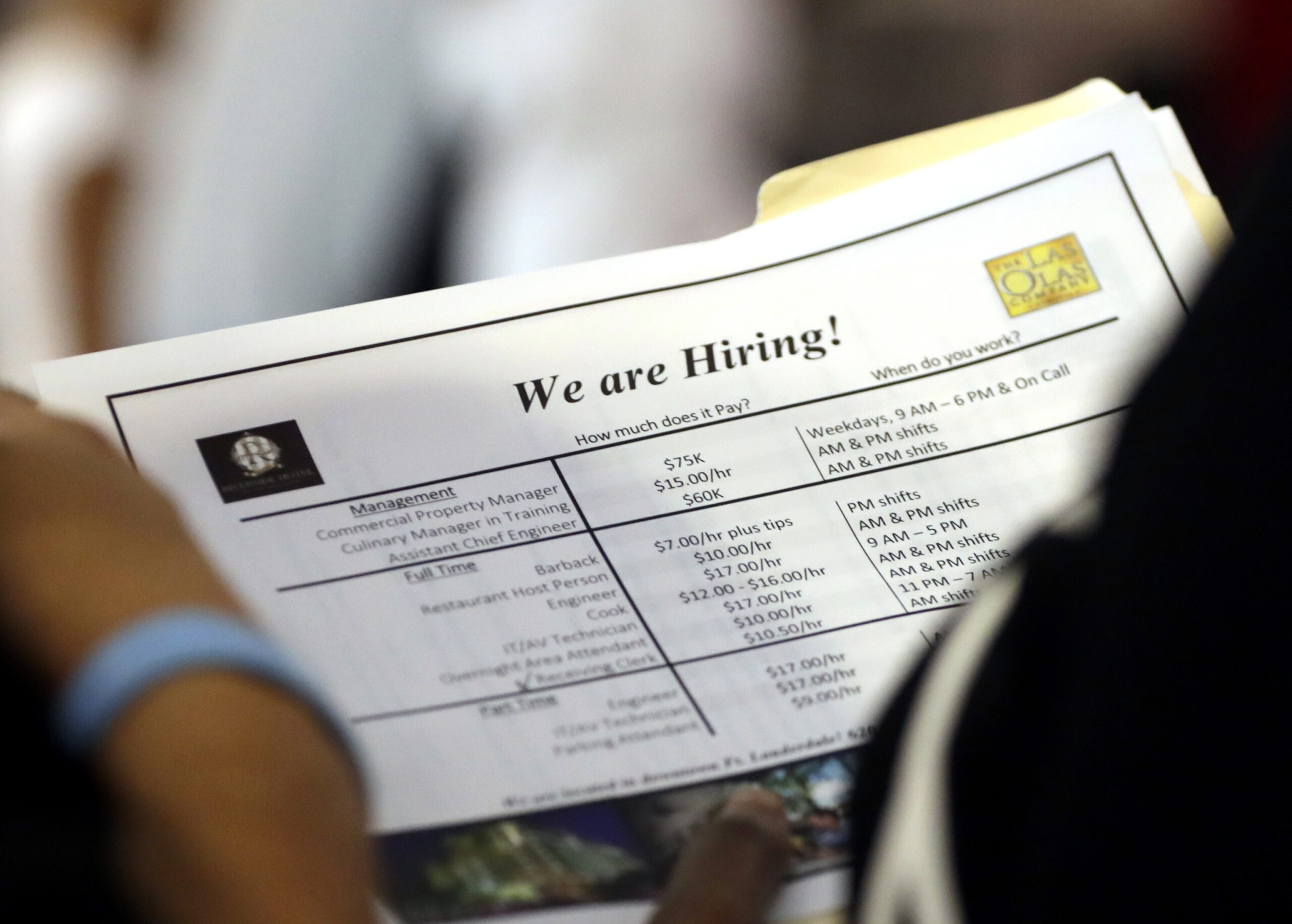
The employment report again provided some good news this month. The unemployment rate fell to 3.7 percent, the lowest rate since Nixon was in the White House. The unemployment rate for white women and black teens both hit their lowest levels on record, 2.8 percent and 19.3 percent, respectively. (That 19.3 percent rate is not a typo—it actually is the lowest black teen rate since we started compiling the data in 1972.)
As always, we have to recognize that the good news comes against a backdrop of really bad news. The economy is moving in the right direction at a respectable pace, we added a hurricane-depressed 134,000 jobs in September, bringing the average over the last three months to 190,000. But even with this sustained growth, we have a long way to go to make up for the damage from the Great Recession, and even longer to offset the three decades of wage stagnation that preceded it.
The percentage of prime-age workers (ages 25 to 54) who have jobs is still down by a full percentage point from its prerecession peak. It is down by 2.6 percentage points from its peak in 2000. And this drop is for both men and women, in the latter case reversing a five-decades-long upward trend. This suggests that a weak labor market is the issue, rather than it being a problem-with-men story.
The other big factor dampening our celebration is the continuing weakness in wage growth.
The year-over-year increase in the average hourly wage was just 2.8 percent in September, roughly even with inflation, meaning that workers are seeing zero real wage growth. There even was a slight deceleration from the August growth number of 2.9 percent. This means that despite the low unemployment rate, many workers don’t have enough bargaining power to secure real wage gains.
But even here the picture is not all bad news. After all, the rate of nominal wage growth has increased somewhat over the last year from 2.5 percent to 2.6 percent through most of 2016 and 2017. If energy prices stabilize, inflation will fall back closer 2.0 percent, leaving room for at least some modest real wage gains.
It is also worth noting that workers near the bottom of the wage ladder are seeing some gains. The average hourly wage for restaurant workers rose by 4.3 percent over the last year. This is partly due to higher minimum wages in many states and cities, but also due to a tightening of the labor market that is forcing even low-wage employers to compete for workers.
This is the same story with Amazon’s recent decision to have a $15 minimum wage. That is largely a response to political pressure from Fight for 15 and from Senator Bernie Sanders and Representative Ro Khanna, who introduced legislation to tax high-profit companies like Amazon for the costs of their workers who are on food stamps and other public aid. But it is also a move that could make economic sense when the unemployment rate is 3.7 percent.
Not everything in the September report was positive. We have been seeing an increase in manufacturing jobs for most of the last two years, which continued in September. But there was a drop in the length of the average workweek, which actually led to a fall in total hours worked in the sector for the second consecutive month. This drop, combined with weak hourly wage growth, led to a fall in average weekly pay in the sector. There was also a sharp drop in the percentage of unemployment due to people who quit their jobs, an indication of workers’ confidence in their job prospects.
But these could well be anomalies when assessed against a mostly positive report. Needless to say, we will have plenty of arguments about who deserves credit for what is good in the report.
In this respect, we are looking at the continuation of the long recovery that began under President Barack Obama. Many of us have complained the recovery was too slow, but his stimulus package and subsequent measures did get the economy on the right track.
The Trump tax cut clearly has hastened the pace somewhat. That boost likely will not last, as higher interest rates are slowing construction. They also have led to a stronger dollar and larger trade deficit. While we can blame the tax cuts here, the proximate cause of higher rates is the decision of the Fed to raise interest rates.
Here we have a very mixed story. We can be unhappy that the Fed is raising rates now, but it deserves a huge amount of credit for allowing the unemployment rate to fall far lower than most mainstream economists thought possible. If it avoids stepping on the brakes too hard, we will likely see unemployment continue to fall and hopefully see some more serious wage growth at the middle and bottom of the wage ladder.

